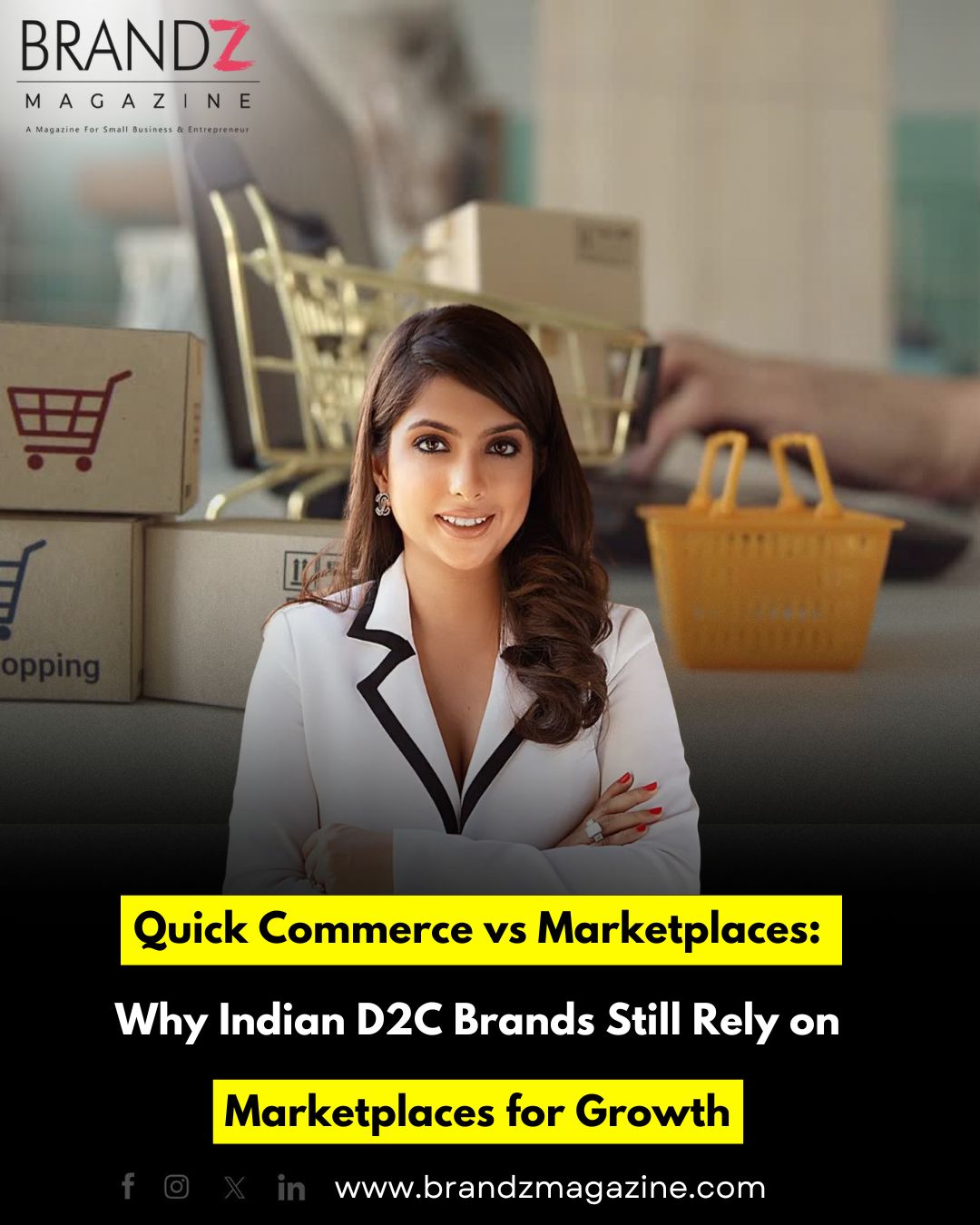
In India’s fast-evolving direct-to-consumer (D2C) landscape, brands today face a growing dilemma: Should they prioritize the lightning-fast delivery of quick commerce, or continue investing in the storytelling and scale offered by marketplaces? While both channels offer unique advantages, leading D2C brands increasingly view them as complementary, not competing.
At the sixth edition of Inc42’s D2C & Retail Summit held on July 25, industry leaders gathered to discuss the changing dynamics of digital retail, especially under the theme ‘Channel Surfing: How To Win On Marketplaces In 2025’. Among the speakers was Shivani Malik, Director of Da Milano, a premium leather accessories brand, who weighed in on how brands should evaluate these channels.
Read Also :- Conversational AI Unicorn Gupshup Raises $60 Mn to Accelerate Global Expansion
Table of Contents
ToggleQuick commerce platforms like Blinkit, Zepto, and Swiggy Instamart have gained traction in India by promising delivery within 10 to 30 minutes. This speed appeals to impulse purchases and daily essentials. However, for premium and lifestyle D2C brands, this model may not align with their core values.
“For us, brand equity is a priority. We are not willing to compromise on packaging and overall experience – just to deliver a product in 10 minutes,” said Shivani Malik. Her view highlights a growing concern among D2C founders that the speed of quick commerce often comes at the expense of thoughtful packaging, product presentation, and brand narrative.
Quick commerce, while evolving, is still seen as a channel in its early stages. It’s optimized for utility, not luxury, and may not yet offer the right setting for premium, curated brand experiences.
On the other hand, marketplaces such as Amazon, Flipkart, Myntra, Nykaa, and Tata CLiQ continue to dominate in terms of reach, customer trust, and discoverability. These platforms offer D2C brands the opportunity to present their products with rich visuals, detailed descriptions, customer reviews, and even videos — tools essential for storytelling and customer conversion.
“Marketplaces offer a more complete environment that supports both brand presentation and customer engagement,” Malik added during the panel.
For emerging D2C brands, marketplaces also serve as a launchpad — providing visibility, logistics support, and access to a wide consumer base across India’s Tier 1 to Tier 3 cities. With advanced data analytics and marketing tools, brands can personalize user journeys, test new SKUs, and scale efficiently.
As the D2C ecosystem matures, brands are learning that it’s not about choosing one channel over the other, but understanding where each fits into their customer journey. Quick commerce may work best for repeat purchases and last-minute needs, while marketplaces are ideal for brand discovery and trust-building.
In 2025 and beyond, successful D2C brands will be those that develop agile, multi-channel strategies — leveraging the strengths of both marketplaces and quick commerce while maintaining consistent brand values across all touchpoints.
D2C brands India, quick commerce vs marketplaces, Shivani Malik Da Milano, Inc42 D2C Summit 2025, Indian e-commerce trends, marketplaces for D2C brands, brand storytelling online, Da Milano brand strategy, future of quick commerce India, digital retail 2025.

